
Peoples and Languages
Social Media
Leave comments, suggestions, keep an eye on news in our groups on VK, Odnoklassniki and Telegram channel

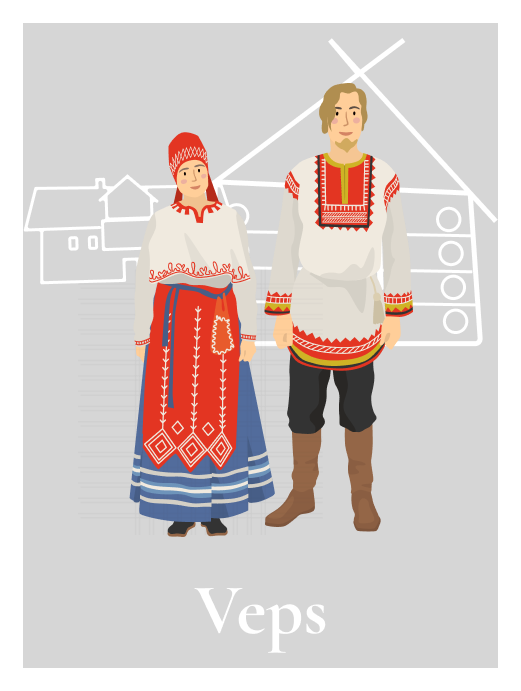
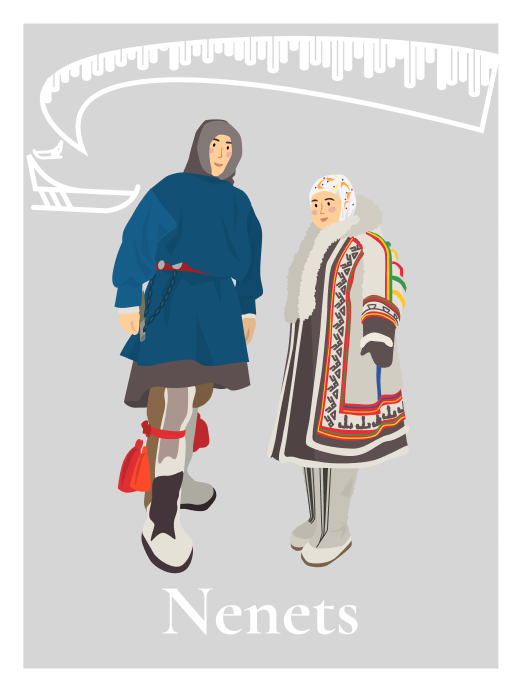
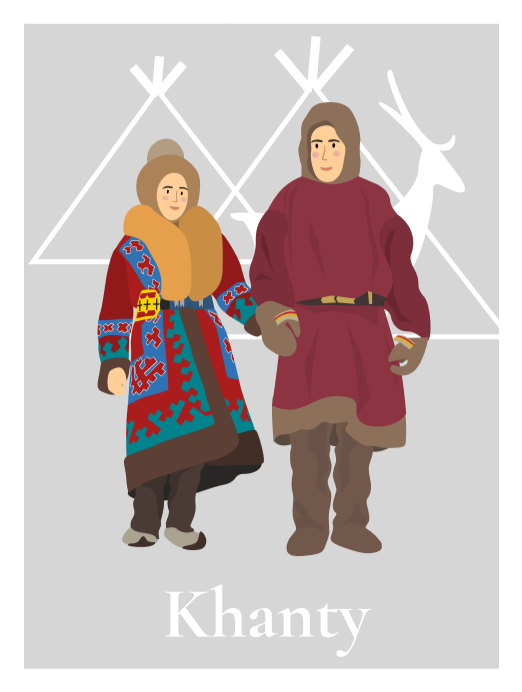
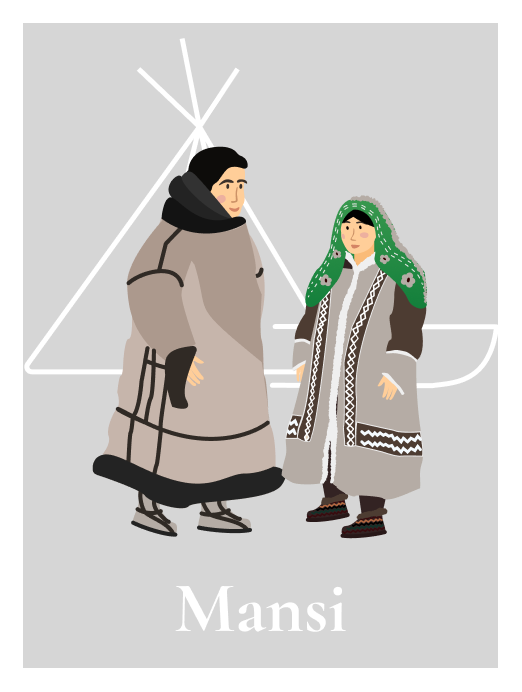


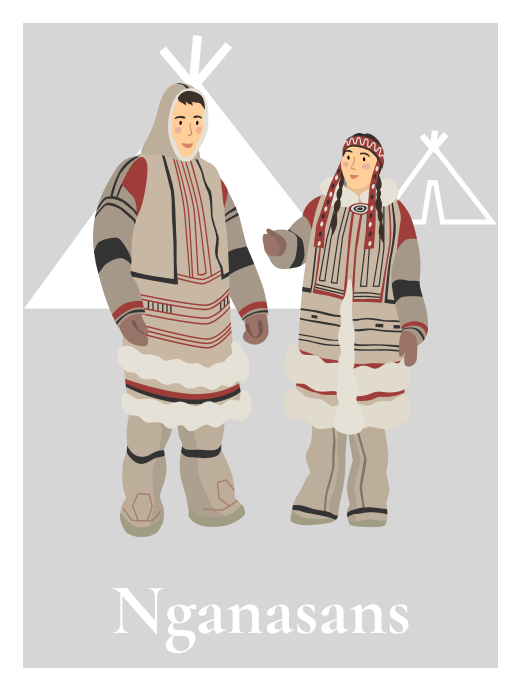

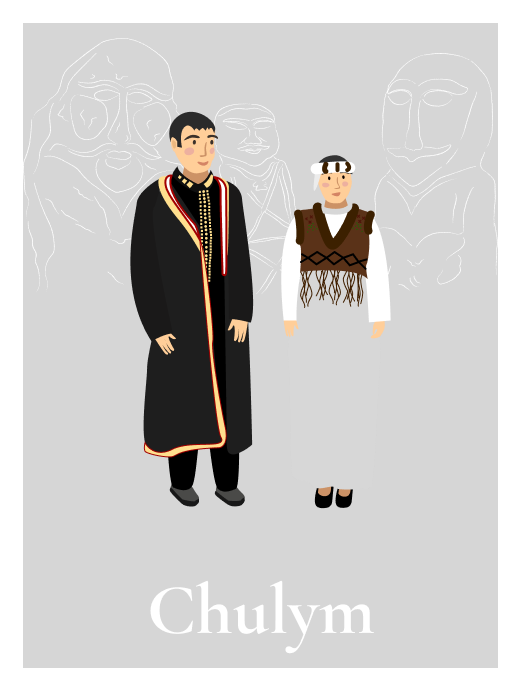

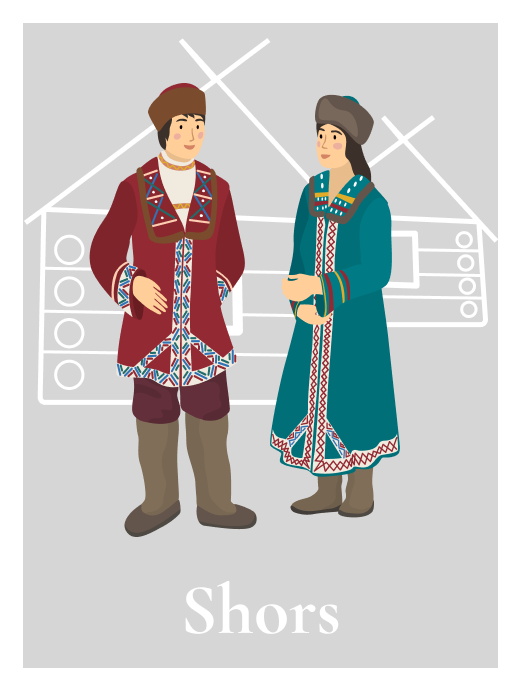
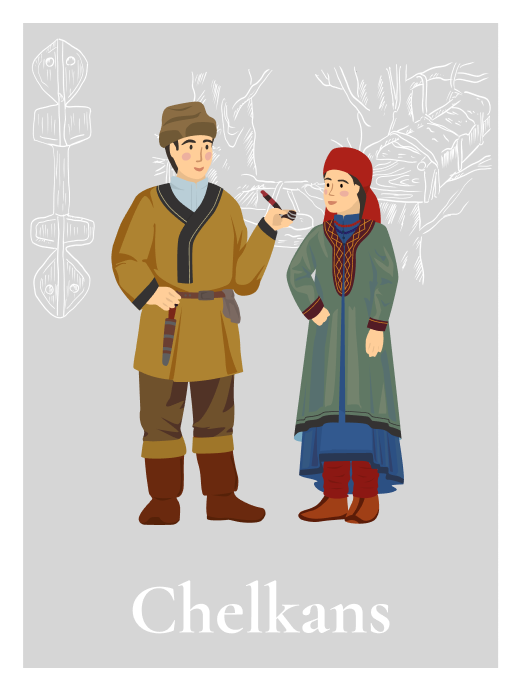


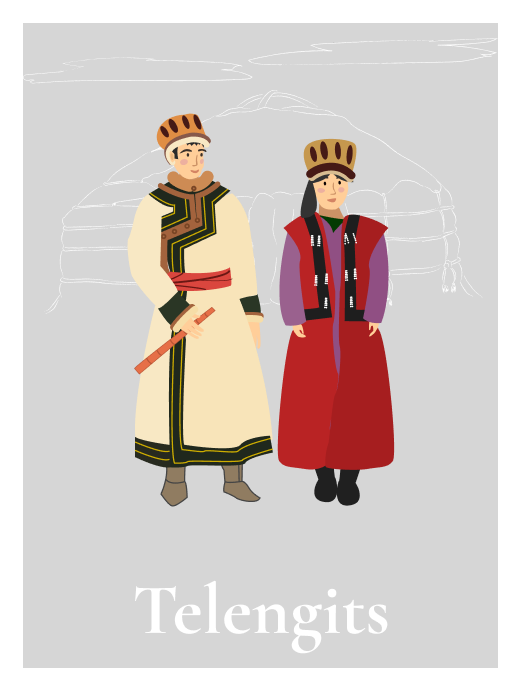
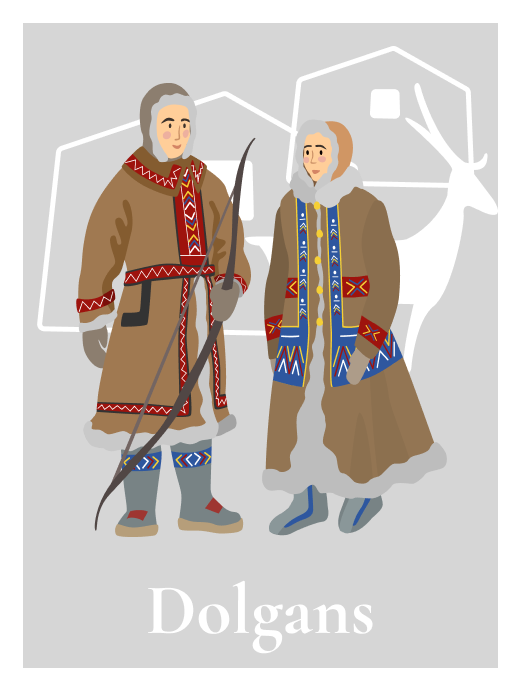
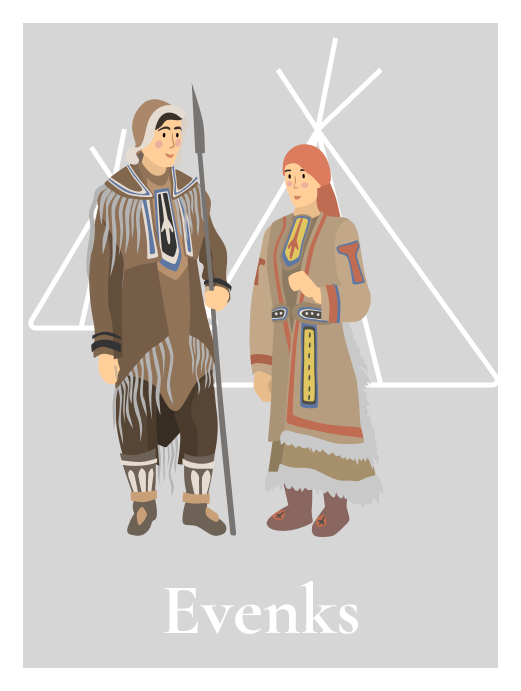


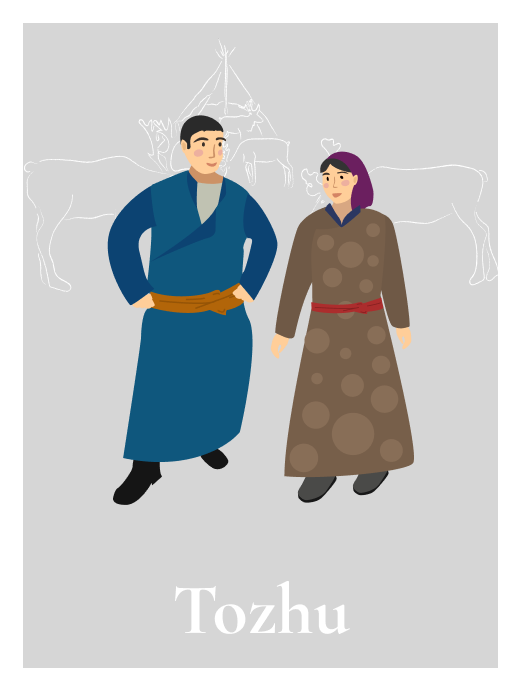



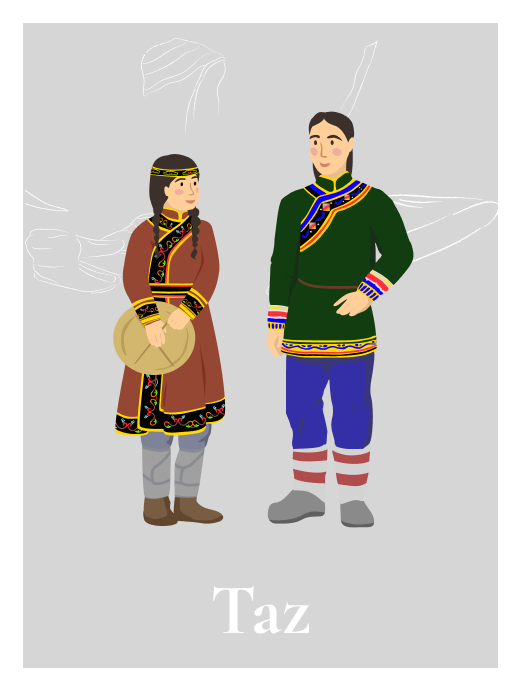

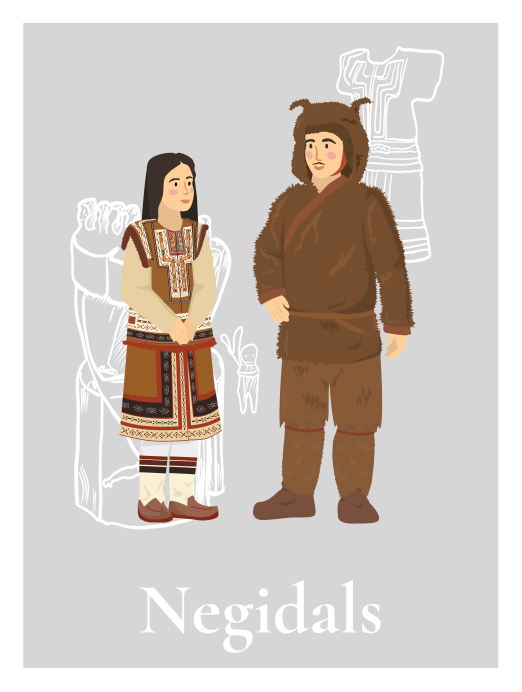



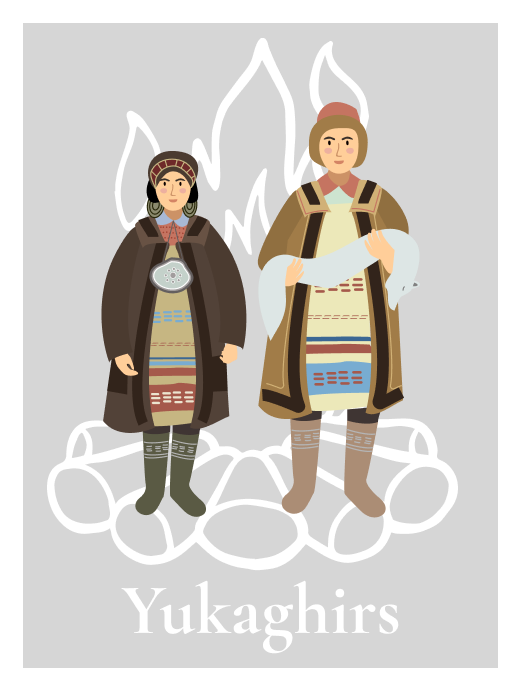


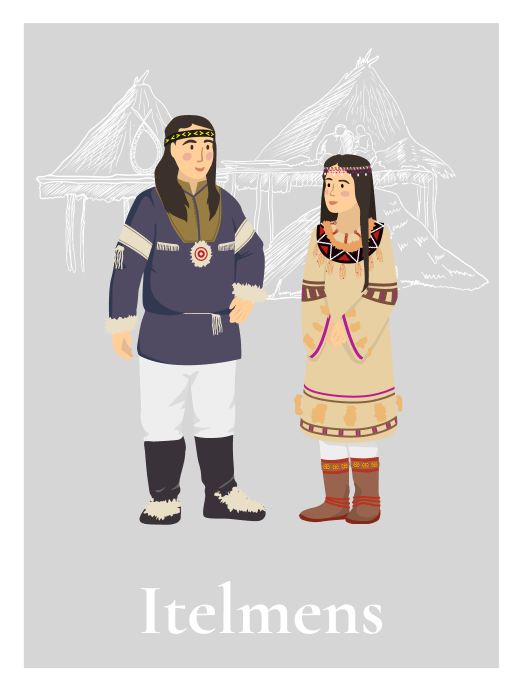

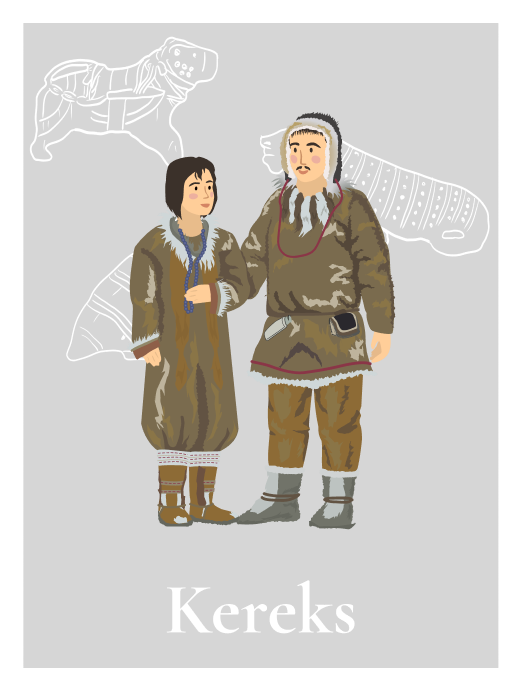
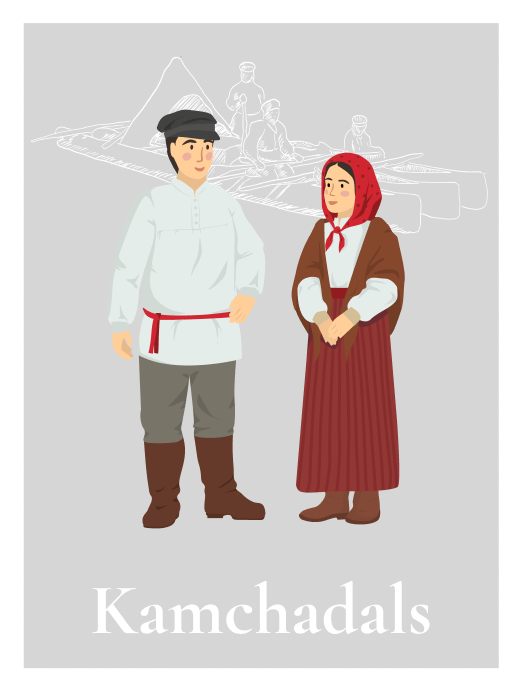



The Taz have some of the smallest numbers among ethnic groups in the Russian Federation. They are a people of mixed origins living mostly in little villages in the south of the Primorye area. Related to the Taz are small Chinese-speaking groups that are officially listed as the Nanai and the Udege, and also people who had been recorded as “Goldes” in their passports.
The official name is the Taz language. It is used by the Taz people themselves in all fields. The ethnonym “Taz” is currently applied to a small people living mostly in little villages in the south of the Primorye area. The Taz descended from the mixed population of the south of Primorye that switched to a Northern Chinese dialect in the early 20th century; the Taz also borrowed many elements of the Chinese spiritual and material culture.
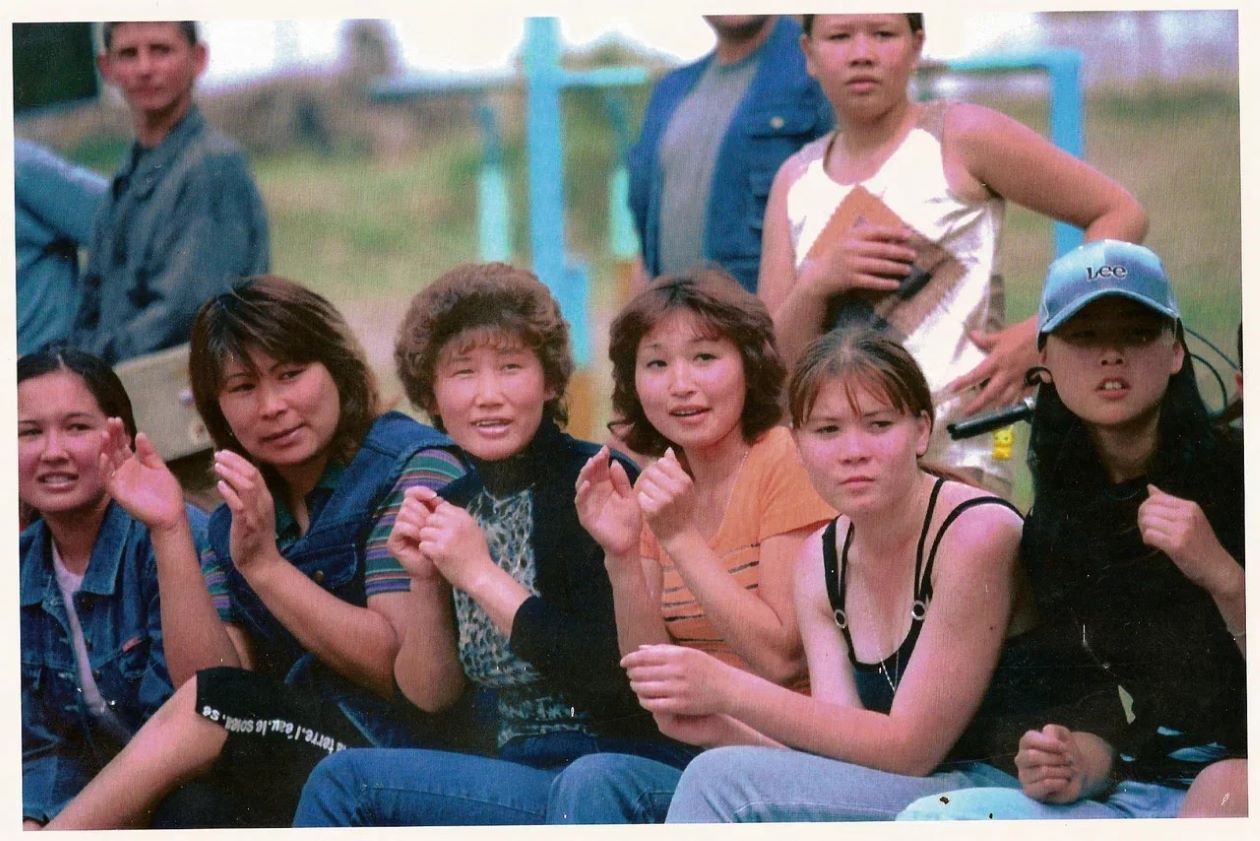

The first relatively reliable information on the numbers of the Taz was recorded in 1872. At that point, there were 638 Taz in the Ussuri area. The Taz lived in separate families in southern Primorye. In 1938, the Taz were gathered together and moved to the village of Mikhailovka that was “freed up” after Koreans had been deported. In 1948-49, as yet non-collectivized Taz from the Lazo district were moved there, too, and in 1951-52, Goldes living in the village of Bulyga-Fadeyevo in the upper reaches of the Ussuri joined them in Mikhailovka. Officially, the Taz were recognized in 2000 when they were put on the list of indigenous small-numbered peoples of the Russian Federation (Resolution of the Government of the Russian Federation No. 255 of March 24, 2000).